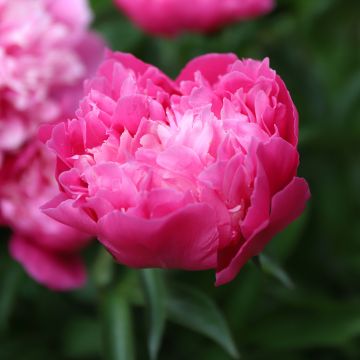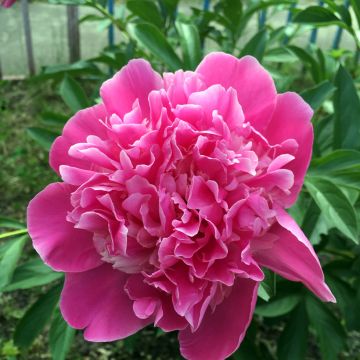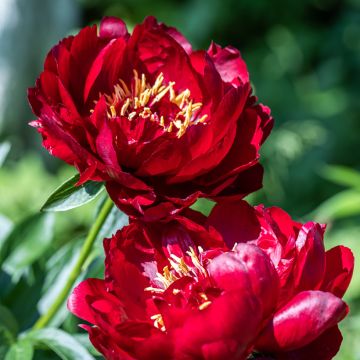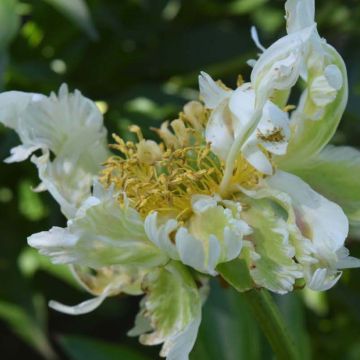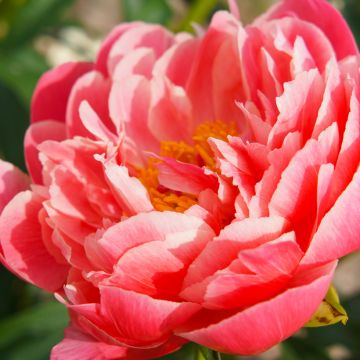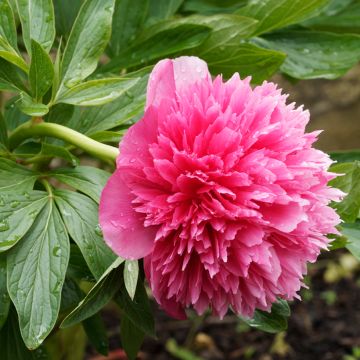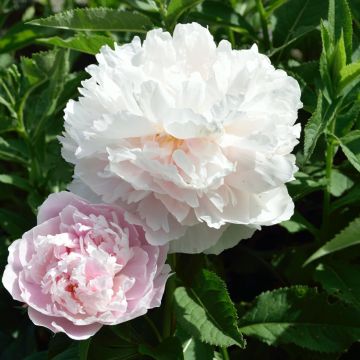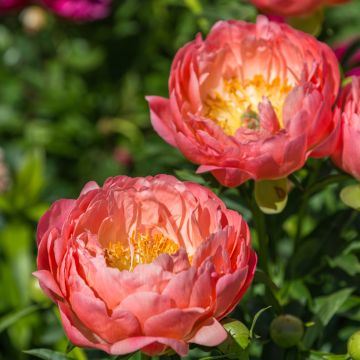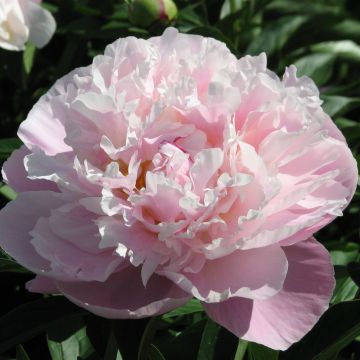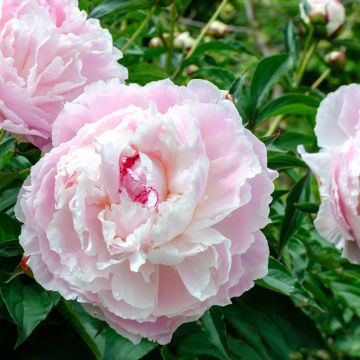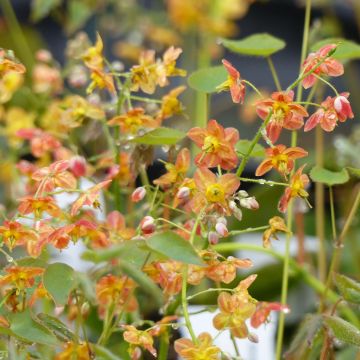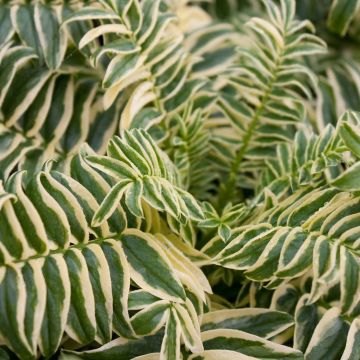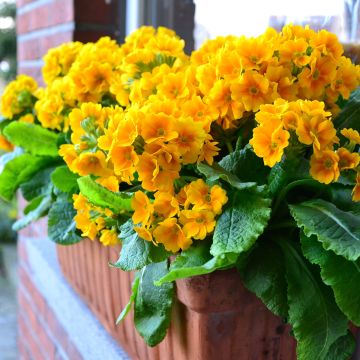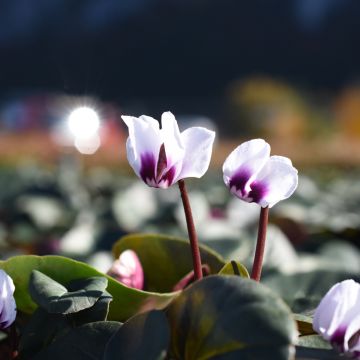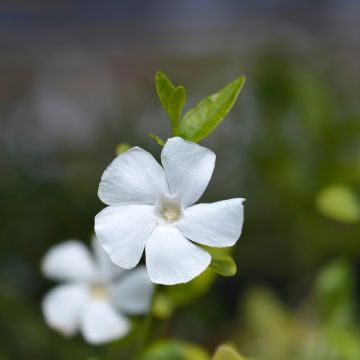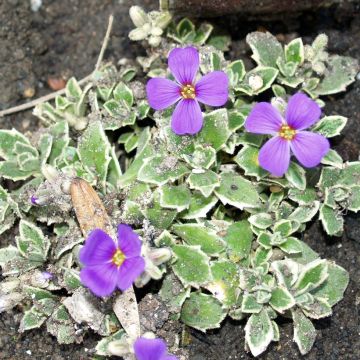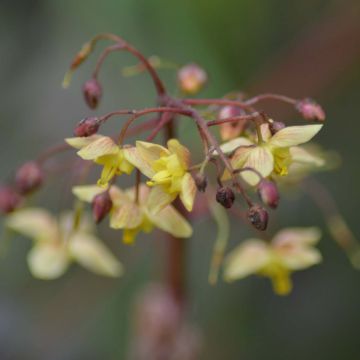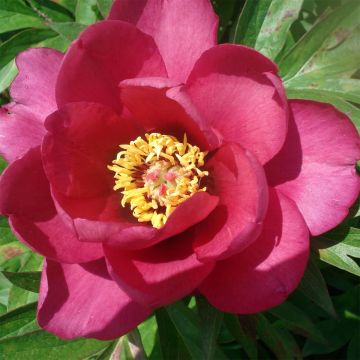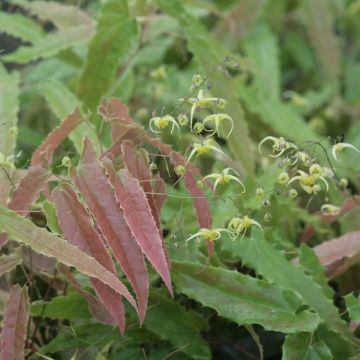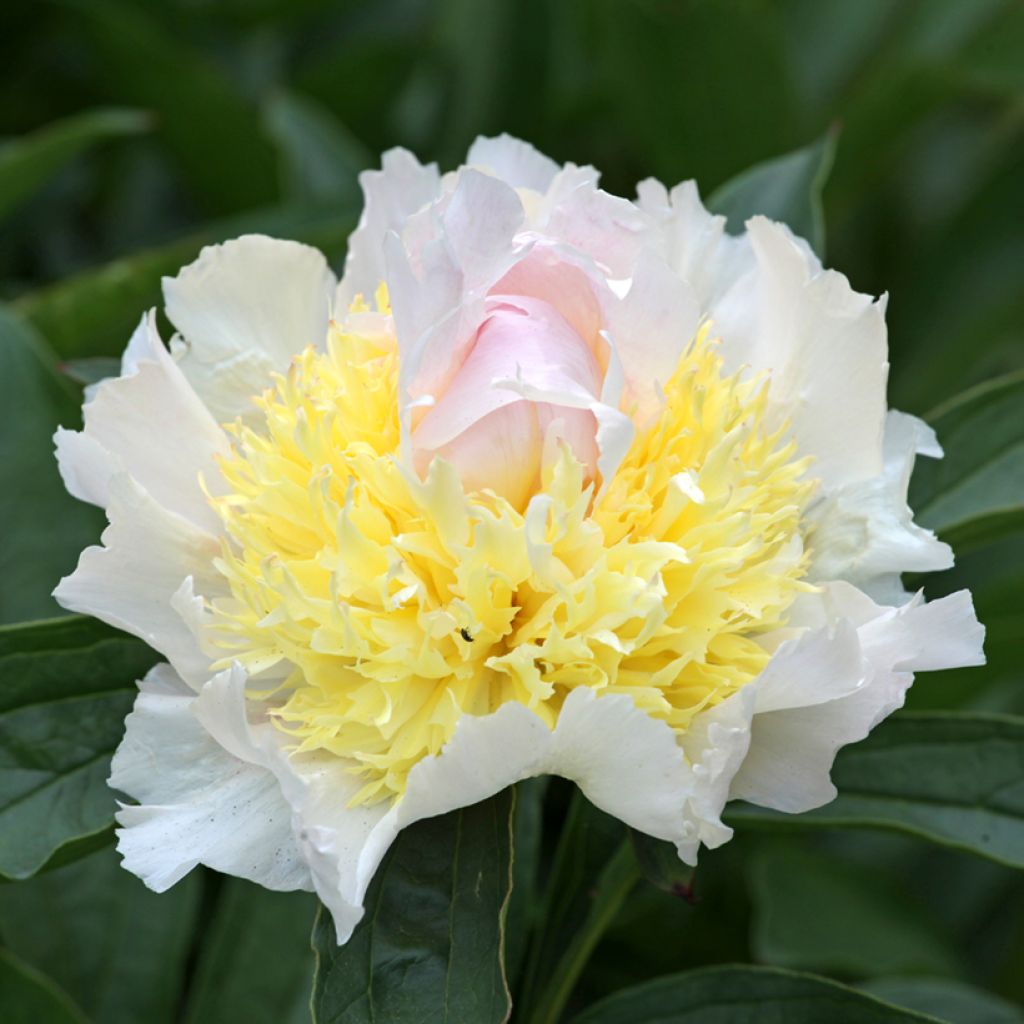

Paeonia lactiflora Top Brass
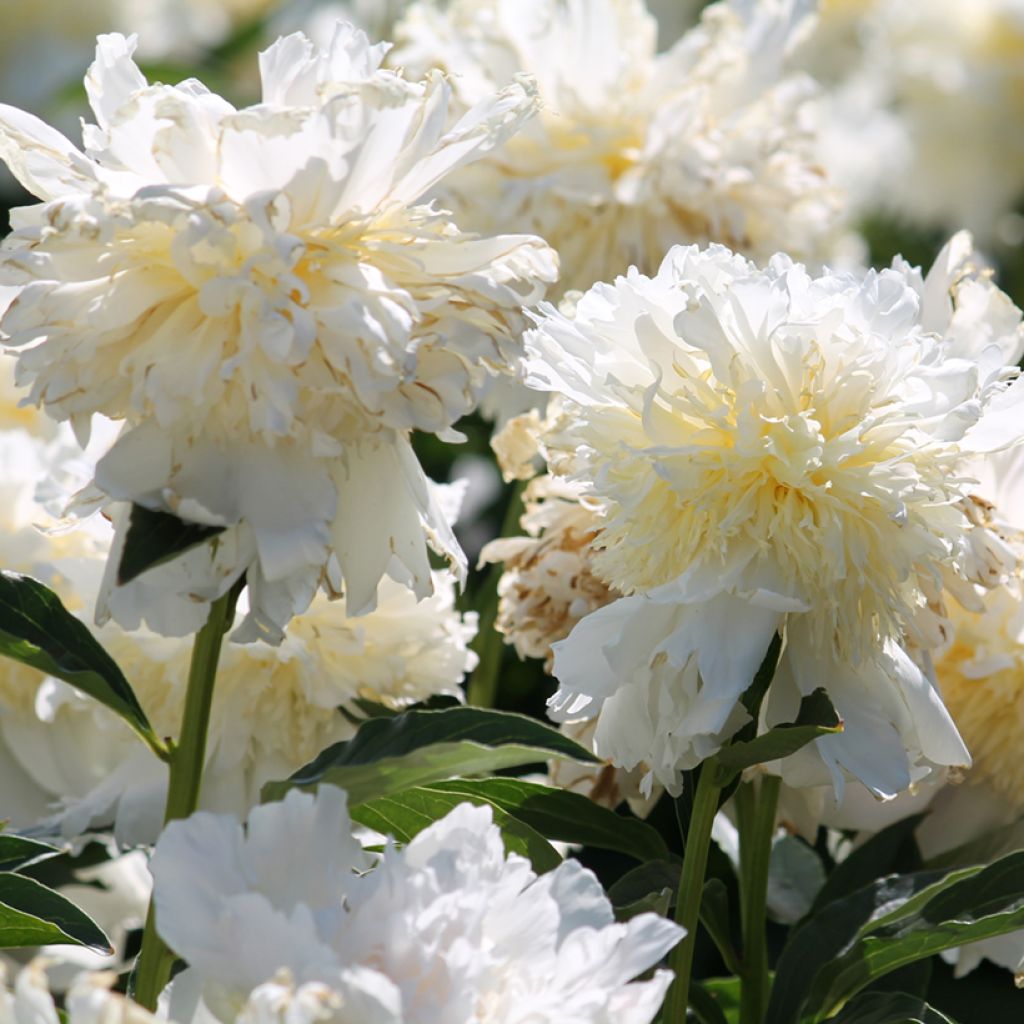

Paeonia lactiflora Top Brass
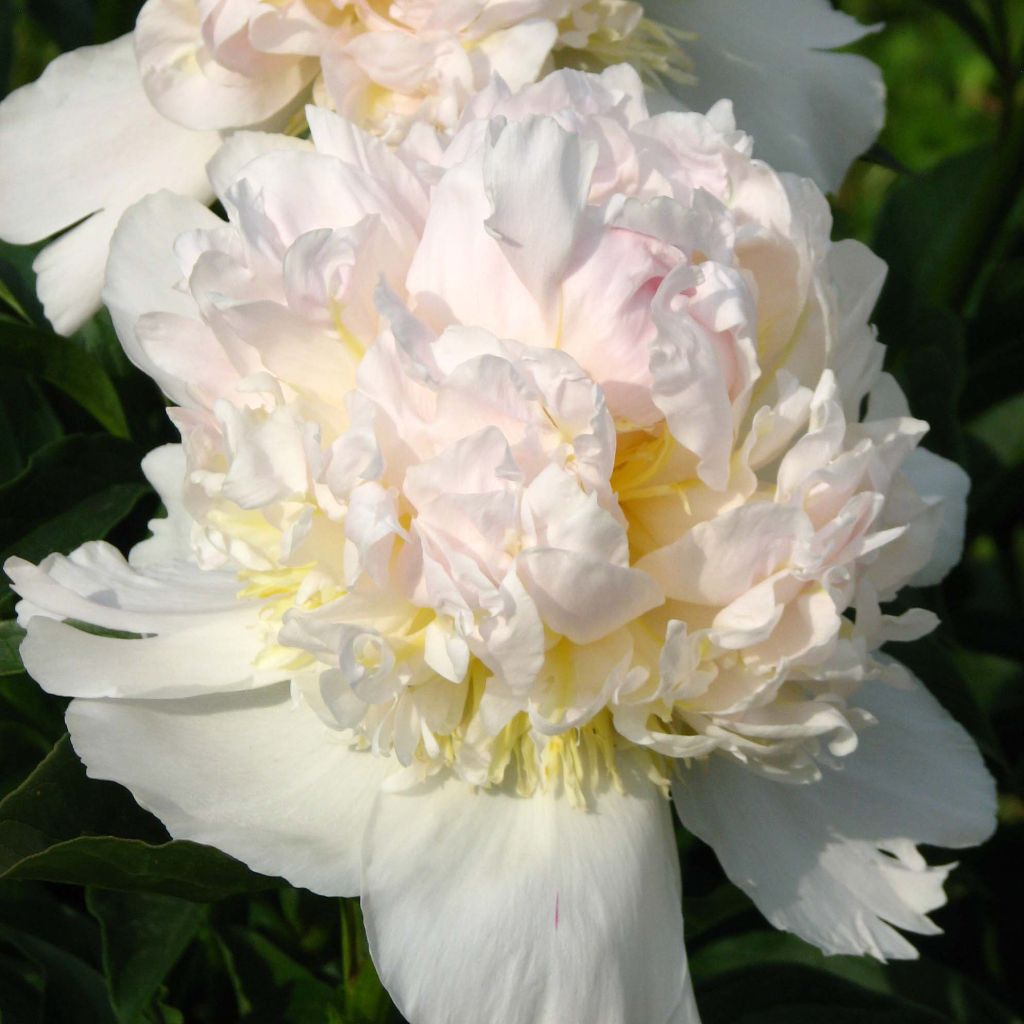

Paeonia lactiflora Top Brass
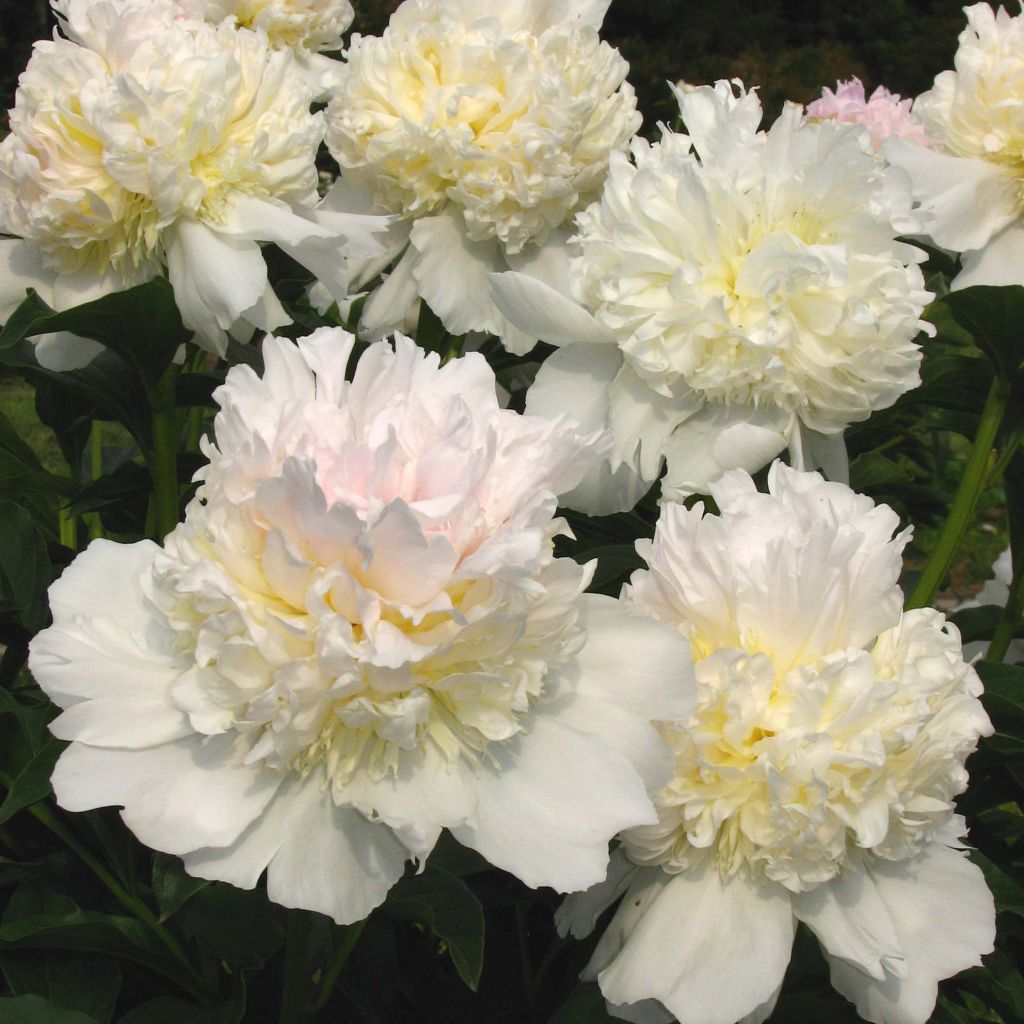

Paeonia lactiflora Top Brass
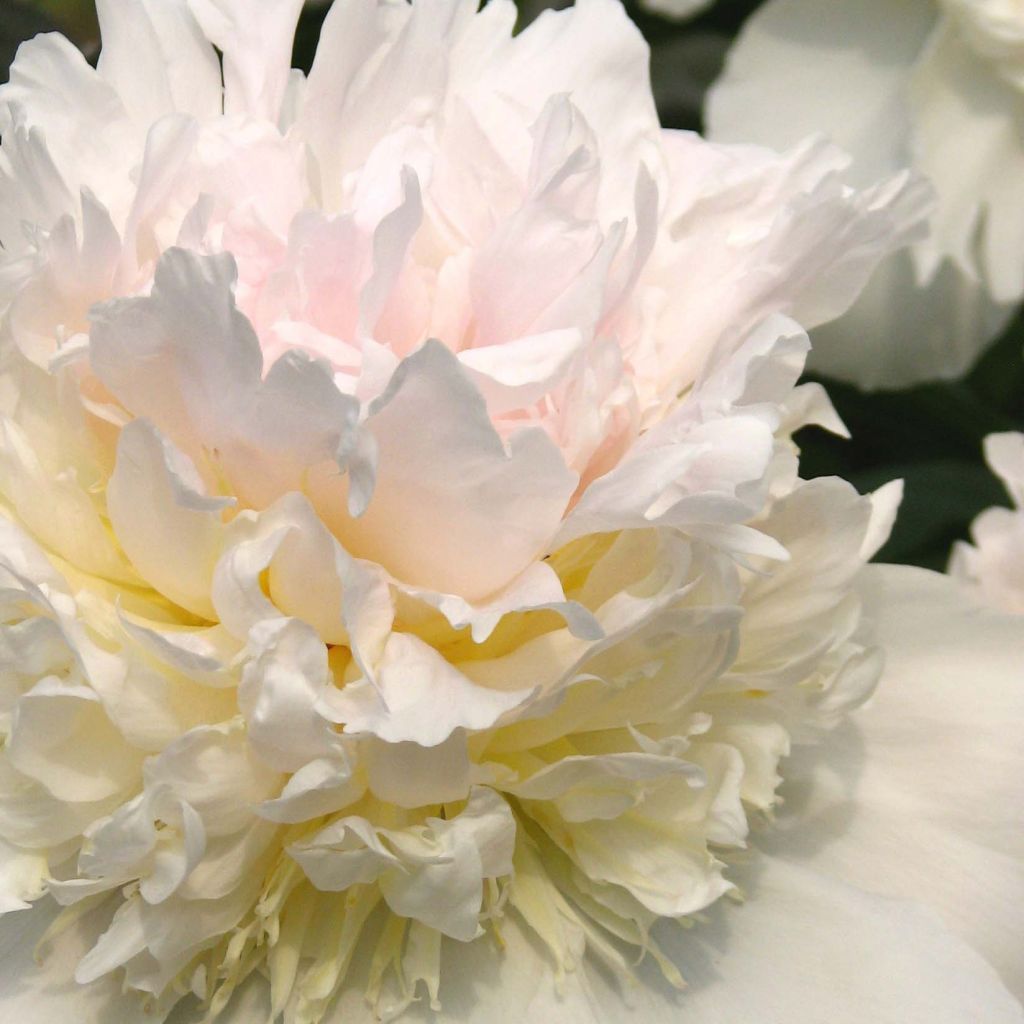

Paeonia lactiflora Top Brass
Paeonia lactiflora Top Brass
Paeonia x lactiflora Top Brass
Chinese Peony, Common Garden Peony
Still just as satisfied.
véronique, 04/11/2021
This item cannot be shipped to the selected country
Delivery charge from €5.90
Delivery charge from €5.90
More information
Schedule delivery date,
and select date in basket
This plant carries a 12 months recovery warranty
More information
We guarantee the quality of our plants for a full growing cycle, and will replace at our expense any plant that fails to recover under normal climatic and planting conditions.
From €5.90 for pickup delivery and €6.90 for home delivery
Express home delivery from €8.90.
From €5.90 for pickup delivery and €6.90 for home delivery
Express home delivery from €8.90.
Does this plant fit my garden?
Set up your Plantfit profile →
Description
Paeonia lactiflora Top Brass is a nearly fifty-year-old herbaceous peony variety that proudly displays its very different flowering, unique both in terms of the variable shape of its flowers and in being almost tricoloured. They have a variable shape, sometimes double and rounded, sometimes in the so-called Japanese form, but always highly fragrant. Mostly ivory white, they have a heart tinged with soft pink that is adorned with canary yellow petaloids. A majestic Chinese peony like no other, it illuminates flowerbeds during the second half of May and performs very well in a vase.
Chinese herbaceous peonies are mainly derived from Paeonia lactiflora, a perennial herbaceous plant native to central and eastern Asia (from eastern Tibet, northern China, to eastern Siberia), where it naturally grows in woods and meadows. This plant belongs to the family of Ranunculaceae or Paeoniaceae.
The Top Brass variety was obtained in the Netherlands in 1968. The plant, vigorous, forms an herbaceous and bushy clump from spring onwards that can reach 1m (3ft) in all directions. Its flowers, 14 to 15 cm (6in) in diameter, appear around late May depending on the climate, lasting for about two weeks. They emerge as a large white bud before opening into flowers of variable shape, sometimes fully double and rounded, sometimes almost single, but always showing a pompom-shaped centre. The stamens, more or less visible depending on the doubling of the flowers, are transformed here into small, finely fringed, canary yellow petals. Other petaloids protrude from the centre that are white, more or less numerous, and tinged with pink. All these small petals occupy the heart of the flower, composed of large rounded petals arranged in a corolla, ivory white tinged with pink at the base. The fragrance in this variety is pronounced and very pleasant. The young purple and shiny foliage unfolds into large, dark green, highly divided leaves. They are borne on a petiole that divides into 3, with lanceolate or ovate-lanceolate segments. The leaflets are entire or sometimes lobed. They disappear in winter, while the buds that will develop in spring persist at ground level. This long-lived perennial plant grows from a large fleshy root that does not appreciate being moved.
Peonies are among those plants that form the foundation of a garden. In the past every garden, from the humblest to the most elaborate, proudly displayed clumps of peonies that made their way into the house, keeping lilacs and bluebells company in bouquets. Opulent and generous, the Chinese peony thrives in flowerbeds or alongside pathways, in combination with timeless perennials such as columbines, bellflowers, foxgloves, bearded irises, carnations, or Christmas roses. It can also be grown in the vegetable garden to supply cut flowers for the house. Growing it in a pot is not recommended, as its needs will not be met. Over time, the peony becomes majestic and blooms more and more abundantly, producing up to 60 flowers.
Report an error about the product description
Paeonia lactiflora Top Brass in pictures
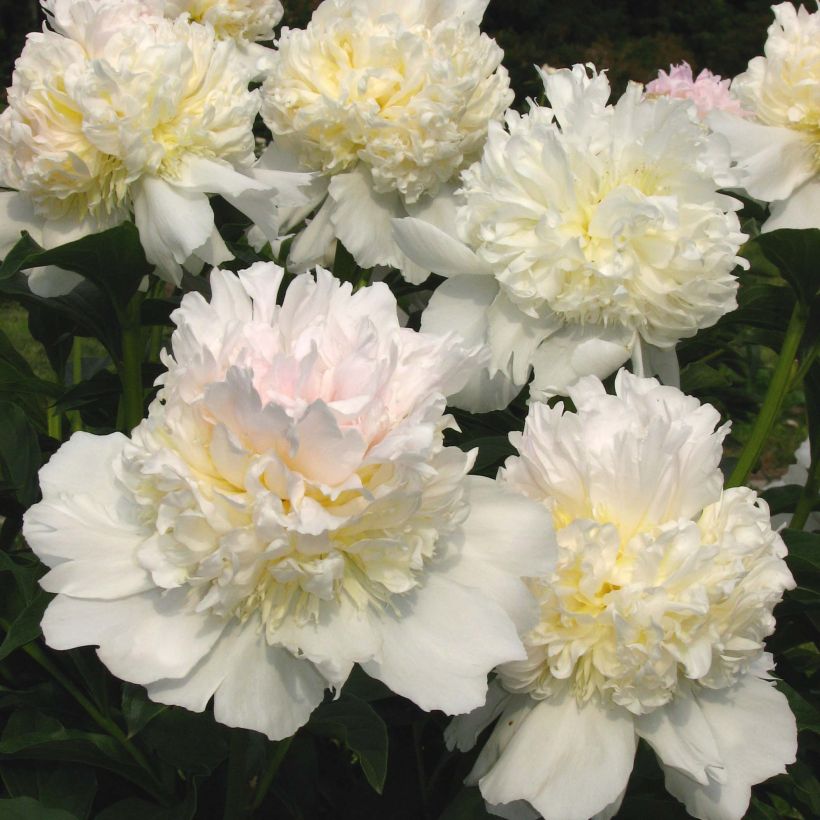

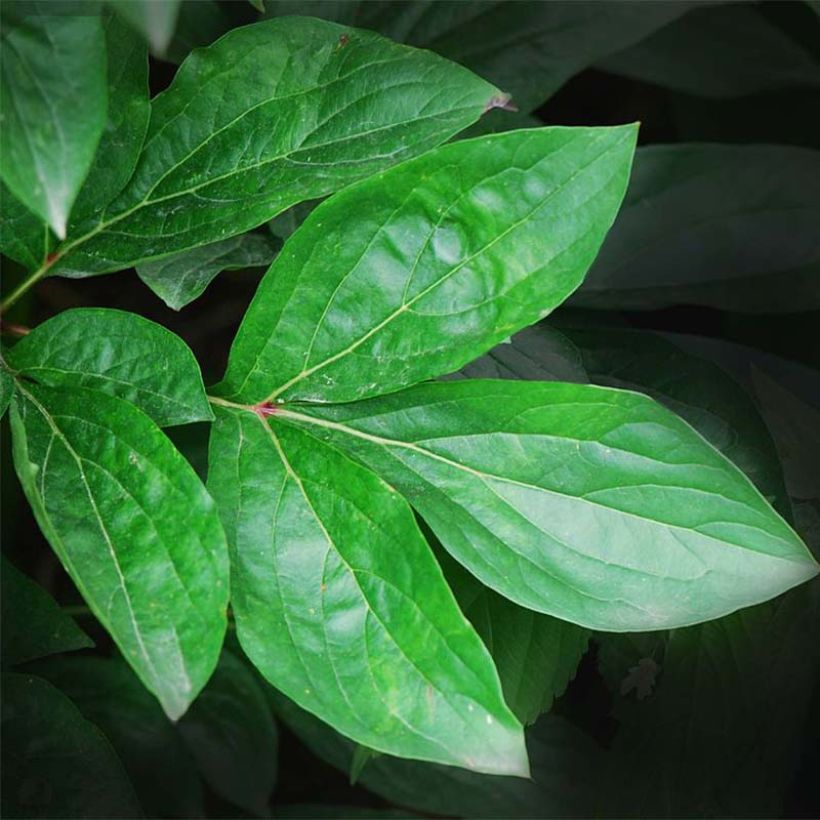

Flowering
Foliage
Plant habit
Botanical data
Paeonia
x lactiflora
Top Brass
Ranunculaceae
Chinese Peony, Common Garden Peony
Cultivar or hybrid
Other Herbaceous and hybrid Peonies
Planting and care
The best time to plant peonies is in autumn. Install in a sunny or well-lit location, spaced 60 cm (24in) apart. They appreciate cold winters that promote dormancy and flower formation. The soil should be loose, deep, fertile, and moist. They need space and are sensitive to competition from other species. Prepare a hole 50 cm (20in) deep and mix organic fertiliser into your soil, partially backfill, place your plants inside, and cover with 6 cm (2in) of soil above the eyes. After planting, tamp down and water generously. Our bouquet tip: cut your peonies at sunrise when the buds start to colour. Don't delay in putting them in water.
Planting period
Intended location
Care
-
, onOrder confirmed
Reply from on Promesse de fleurs
Spring flowering perennials
Haven't found what you were looking for?
Hardiness is the lowest winter temperature a plant can endure without suffering serious damage or even dying. However, hardiness is affected by location (a sheltered area, such as a patio), protection (winter cover) and soil type (hardiness is improved by well-drained soil).

Photo Sharing Terms & Conditions
In order to encourage gardeners to interact and share their experiences, Promesse de fleurs offers various media enabling content to be uploaded onto its Site - in particular via the ‘Photo sharing’ module.
The User agrees to refrain from:
- Posting any content that is illegal, prejudicial, insulting, racist, inciteful to hatred, revisionist, contrary to public decency, that infringes on privacy or on the privacy rights of third parties, in particular the publicity rights of persons and goods, intellectual property rights, or the right to privacy.
- Submitting content on behalf of a third party;
- Impersonate the identity of a third party and/or publish any personal information about a third party;
In general, the User undertakes to refrain from any unethical behaviour.
All Content (in particular text, comments, files, images, photos, videos, creative works, etc.), which may be subject to property or intellectual property rights, image or other private rights, shall remain the property of the User, subject to the limited rights granted by the terms of the licence granted by Promesse de fleurs as stated below. Users are at liberty to publish or not to publish such Content on the Site, notably via the ‘Photo Sharing’ facility, and accept that this Content shall be made public and freely accessible, notably on the Internet.
Users further acknowledge, undertake to have ,and guarantee that they hold all necessary rights and permissions to publish such material on the Site, in particular with regard to the legislation in force pertaining to any privacy, property, intellectual property, image, or contractual rights, or rights of any other nature. By publishing such Content on the Site, Users acknowledge accepting full liability as publishers of the Content within the meaning of the law, and grant Promesse de fleurs, free of charge, an inclusive, worldwide licence for the said Content for the entire duration of its publication, including all reproduction, representation, up/downloading, displaying, performing, transmission, and storage rights.
Users also grant permission for their name to be linked to the Content and accept that this link may not always be made available.
By engaging in posting material, Users consent to their Content becoming automatically accessible on the Internet, in particular on other sites and/or blogs and/or web pages of the Promesse de fleurs site, including in particular social pages and the Promesse de fleurs catalogue.
Users may secure the removal of entrusted content free of charge by issuing a simple request via our contact form.
The flowering period indicated on our website applies to countries and regions located in USDA zone 8 (France, the United Kingdom, Ireland, the Netherlands, etc.)
It will vary according to where you live:
- In zones 9 to 10 (Italy, Spain, Greece, etc.), flowering will occur about 2 to 4 weeks earlier.
- In zones 6 to 7 (Germany, Poland, Slovenia, and lower mountainous regions), flowering will be delayed by 2 to 3 weeks.
- In zone 5 (Central Europe, Scandinavia), blooming will be delayed by 3 to 5 weeks.
In temperate climates, pruning of spring-flowering shrubs (forsythia, spireas, etc.) should be done just after flowering.
Pruning of summer-flowering shrubs (Indian Lilac, Perovskia, etc.) can be done in winter or spring.
In cold regions as well as with frost-sensitive plants, avoid pruning too early when severe frosts may still occur.
The planting period indicated on our website applies to countries and regions located in USDA zone 8 (France, United Kingdom, Ireland, Netherlands).
It will vary according to where you live:
- In Mediterranean zones (Marseille, Madrid, Milan, etc.), autumn and winter are the best planting periods.
- In continental zones (Strasbourg, Munich, Vienna, etc.), delay planting by 2 to 3 weeks in spring and bring it forward by 2 to 4 weeks in autumn.
- In mountainous regions (the Alps, Pyrenees, Carpathians, etc.), it is best to plant in late spring (May-June) or late summer (August-September).
The harvesting period indicated on our website applies to countries and regions in USDA zone 8 (France, England, Ireland, the Netherlands).
In colder areas (Scandinavia, Poland, Austria...) fruit and vegetable harvests are likely to be delayed by 3-4 weeks.
In warmer areas (Italy, Spain, Greece, etc.), harvesting will probably take place earlier, depending on weather conditions.
The sowing periods indicated on our website apply to countries and regions within USDA Zone 8 (France, UK, Ireland, Netherlands).
In colder areas (Scandinavia, Poland, Austria...), delay any outdoor sowing by 3-4 weeks, or sow under glass.
In warmer climes (Italy, Spain, Greece, etc.), bring outdoor sowing forward by a few weeks.

































